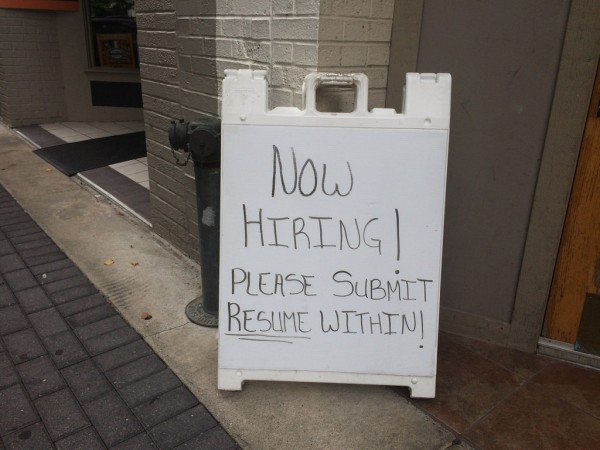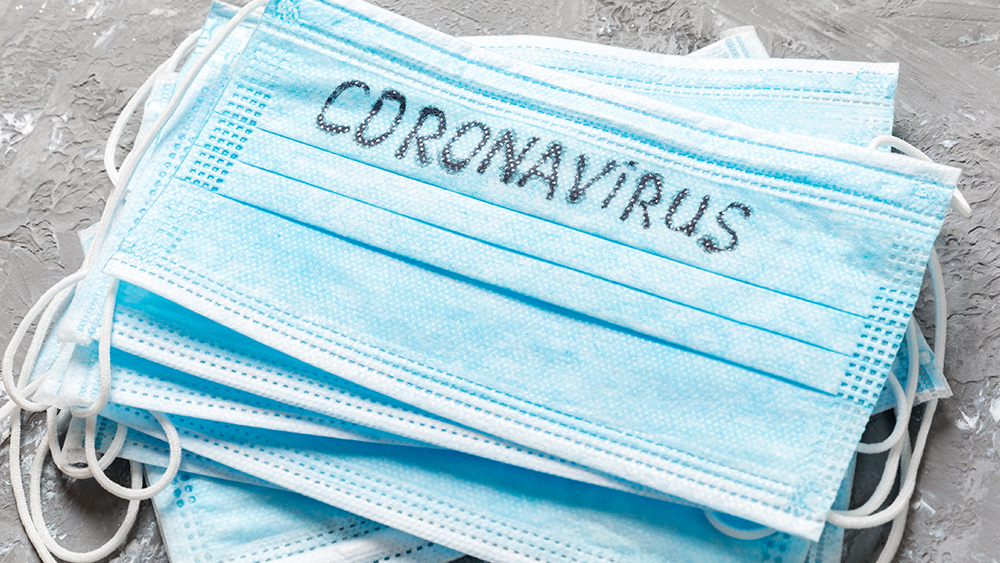
Advertisement
During his campaign, GOP nominee Donald Trump repeated his campaign theme often: “Make America Great Again.” Emblazoned on hats, t-shirts and other swag, Trump continues to use the theme when he gives speeches and talks about the economy.
Ahead of a scheduled meeting later this month, Japan is readying a proposal to help Trump keep his pledge. As Reuters reports, it’s a package focusing principally on repairing and upgrading U.S. infrastructure that is worth some $450 billion in investments, and could create as many as 700,000 new jobs.
That’s yuuuge.
Japanese Prime Minister Shinzo Abe will be meeting Trump in Washington next week, and will present to the U.S. president a five-point plan that focuses on “high-speed trains and cybersecurity,” Reuters reported, quoting sources familiar with the deal.
So, why would Japan invest in another country’s infrastructure projects? Because it’s part of Abe’s pro-growth initiative; he seeks to export his country’s “high-quality” infrastructure technology, and he obviously believes there is no better place to start than in the United States.
The announcement comes amid other reports regarding jobs. The U.S. added 227,000 jobs in January, a sizable gain that included many well-paying jobs, as reported by CNN Money. Many believe that Trump’s promises to roll back corporate taxes and regulations – he’s already taken executive actions to roll back the latter – contributed to the uptick in employment for a period post-holidays that usually sees less job growth. (RELATED: Find out how President Trump is dismantling the job-killing bureaucracy at BigGovernment.news)

Now, there was a small uptick in the unemployment rate – to 4.8 percent – but that’s actually a good sign because it means that more people are re-entering the workforce. The “official” unemployment rate isn’t a very accurate measure of who is and is not officially in the workforce, as Jim Clifton, the CEO of Gallup, noted in this February 2015 column.
During the Obama administration, the record for the number of Americans not even in the workforce was shattered several times; it was shattered again at the end of Obama’s second term. CNS News, which regularly tracked the figure, noted in January:
Barack Obama’s presidency began with a record number of Americans not in the labor force, and it’s ending the same way. …
In December, according to the Labor Department’s Bureau of Labor Statistics, a record 95,102,000 Americans were not in the labor force, 47,000 more than in November; and the labor force participation rate was 62.7 percent, a tenth of a point higher than in November.
The Japanese offer of investing in U.S. infrastructure will no doubt provide Trump with even more opportunities to make good on his campaign pledge. Tokyo plans to invest $150 billion in private and public funds over the next decade for projects that will include high-speed rail in the northeastern U.S. as well as the states of California and Texas. In addition, that money will help refurbish subways and rail cars, Reuters reported.
During the campaign, Trump make a promise to dramatically upgrade U.S. infrastructure, which at last count, according to a study by the Society of Civil Engineers, would cost the nation around $3.6 trillion. But that’s to do everything, and by a set time: 2020.
Trump has pledged to spend roughly one-third of that amount – $1 trillion – on improving infrastructure, an ambitious and costly plan that has many conservatives in Congress nervous. (RELATED: Keep up with conservative issues at Conservative.news)
“[Trump] has to come up with a financing plan,” infrastructure advisor Richard LeFrak, also a billionaire real estate mogul like the president, told CNBC last month.
“There’s going to be a little bit of tug of war between the conservatives and the Republican Party who are concerned about deficits and the president who’s concerned about jobs,” he said. “I think he will prevail ultimately because he wants to put people to work.”
President Trump has already come up with a financing plan: outsource it to other interested parties, including, apparently, Japan. In fact, the details are in this paper, written by Trump senior advisers Wilbur Ross and Peter Navarro and released in October, before the general election.
“The idea is to trigger $1 trillion in private sector infrastructure spending with $140 billion in tax credits for the companies willing to do the work,” Wired reported, adding that there is much more incentive for private companies to do the work faster and more efficiently than any government-contracted enterprise.
Japan will prime the pump. Get ready for the jobs tsunami.
J.D. Heyes is a senior writer for Natural News and News Target, as well as editor of The National Sentinel.
Sources:
Submit a correction >>
This article may contain statements that reflect the opinion of the author
Advertisement
Advertisements















